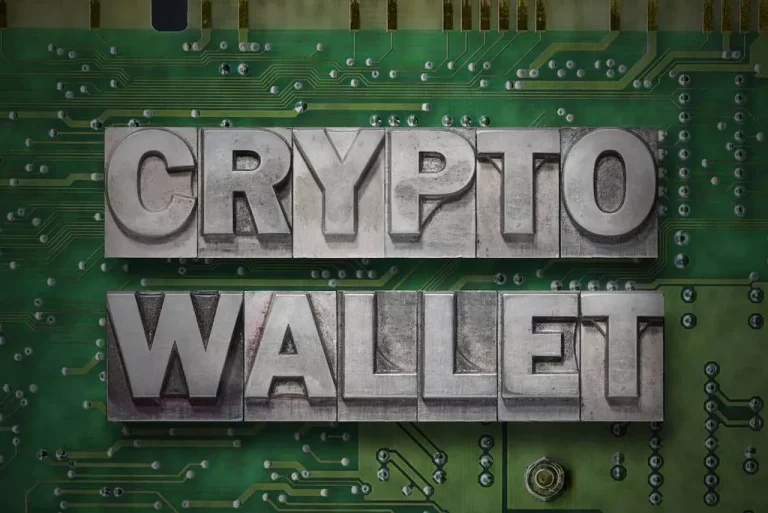Public Vs Private Blockchain: Key Variations Defined
This function enhances the performance and programmability of the blockchain. In layman’s terms, a cryptocurrency trade is a spot where you meet and exchange cryptocurrencies with another individual. The exchange platform (i.e. Binance) acts as a middleman – it connects you (your supply or request) with that other person (the vendor or the buyer). With a brokerage, however, there is no “other individual” – you come and change your crypto cash or fiat money with the platform in query, without the interference of any third celebration. When considering cryptocurrency change rankings, though, both of these sorts of businesses (exchanges and brokerages) are usually just thrown underneath the umbrella time period – trade. So, as a crypto fanatic and investor, it’s necessary to stay secure by performing due diligence and sticking to reliable projects like Binance, Bybit, or Kraken.
Imagine a future the place anyone, regardless of the place they are, can be a part of this world innovation thing. They’re letting individuals from all over join in and convey their concepts to the desk. It’s not nearly changing how we use technology; it’s about ensuring everyone can be part of the change. So, buckle up as a outcome of the future is trying like a reasonably wild experience, and everyone’s invited to the celebration. Furthermore, the gaming industry has witnessed a paradigm shift with the integration of public blockchains.
The RippleNet uses blockchain know-how to power a global payments business that is fast, low-cost, and safe for all taking part institutions. A non-public blockchain on the other hand provides a different consensus strategy or mannequin, in that it is permissioned, and deviates from the norm of a typical decentralized network. The information dealing with inside a non-public blockchain network is normally read and written for a single group. The privacy of knowledge for in-house use isn’t unusual in a non-public blockchain community and the system thrives based mostly on belief amongst the taking part nodes or items that have access to the ledgers.
- Security dangers are heightened with fewer validators and fewer scrutiny, exposing personal blockchains to inside and external threats.
- Once a block is added to the public blockchain, it turns into practically impossible to alter earlier blocks.
- The centralized control raises concerns about potential manipulation by the governing entity.
- Private blockchain sacrifices some of its decentralization to attain more safety in a trusted environment.
- Wyoming’s aim to be a beacon of crypto innovation is one cause I chose to make it my house.
The transaction information on the blockchain is immutable – the history cannot be tampered with, modified, or altered. Kaleido stands out as a complete platform for constructing and managing functions that interact with public blockchain networks. Its sturdy suite of tools and providers makes it a best choice for enterprises and developers seeking to leverage the power of public blockchains.
Blockchain Know-how, Personal Blockchains, Public Blockchains, Public Vs Personal Blockchains
This is as a result of there are generally limited validators used to succeed in a consensus about transactions and knowledge (if a consensus mechanism is needed). In a personal blockchain, there may not be a need for consensus, only the immutability of entered data. When contemplating public vs personal blockchains, keep in mind they are not competing; they are used for very totally different capabilities and may additionally be used collectively. Public blockchains are more helpful for business-to-consumer models, certificates, cryptocurrency, and DeFi. Private blockchains are often most well-liked for supply-chain administration, military, or authorities information.

Quorum makes use of the Quorum Chain voting-based consensus mechanism which delegates voting rights by use of sensible contracts. This sort of voting works with a majority vote and does not require one hundred pc of votes for transactions to be processed. Zero-Knowledge Proofs (ZKP) is an answer that permits two or extra events to know a sure value to be true, with out public blockchain examples figuring out what the worth is. ZKPs permit some computations to be made on a public blockchain, without revealing sensitive knowledge to the events concerned when it might be detrimental to take action. Most enterprises and establishments require a substantial amount of privateness from a blockchain solution.

They use a controlled transparency strategy where as an alternative of every transaction being seen to everybody publicly, info is only made available to sure users. Therefore, data is hidden from public view, making non-public blockchains suitable for heavily regulated industries. A permissioned blockchain is a sort of blockchain network that restricts entry and participation to a select group of approved users. Unlike permissionless blockchains, where anybody can join and validate transactions, permissioned blockchains require participants to acquire permission earlier than they’ll entry the community or perform sure actions. The future of decentralized innovation appears pretty exciting as public blockchains continue to grow up.
Why Use Non-public Blockchains?
Conversely, permissioned blockchains limit entry to the network to sure nodes and can also restrict the rights of those nodes on that network. The identities of the customers of a permissioned blockchain are identified to the other users of that permissioned blockchain. It serves as a decentralized digital forex, enabling peer-to-peer transactions without the need for intermediaries. The redundancy of nodes in public blockchains enhances the network’s safety Non-fungible token and resilience. Also, the transparency of public blockchains allows anyone to view the whole transaction history, promoting trust and accountability.
Many public blockchains utilize native tokens or cryptocurrencies to incentivize individuals, corresponding to miners or validators, to contribute to the network’s security and functionality. Public blockchains are resistant to censorship, as there isn’t a central authority that may control or restrict access to the network. This makes them particularly helpful in situations the place freedom of access and expression is crucial, similar to in financial techniques or communication networks.
Most public blockchains are designed for cryptocurrencies, which, by nature of their worth, are a prime target for hackers and thieves. A private blockchain should also be scalable, with the capability for more and more excessive quantity transactions. As the neighborhood eagerly anticipates the roll-out of Ethereum 2.0, several progressive scaling options have emerged throughout the crypto trade for all method of functions to avoid network congestion.

In a Stable Token Commission assembly, Apollo explicitly stated that his personal choice is Ethereum and Polygon. It is price noting that Apollo is strongly tied to Ethereum as he was the Co-Founder and Operations lead at ConsenSys Sport. While my dedication to Wyoming runs deep, I am now involved about the direction the state is taking. Recent occasions surrounding the state-backed stablecoin initiative have raised serious questions on transparency and accountability in public procurement processes. If Wyoming desires to steer in blockchain – or any emerging expertise – equity https://www.xcritical.com/ and openness must be at the core of its choice processes.







